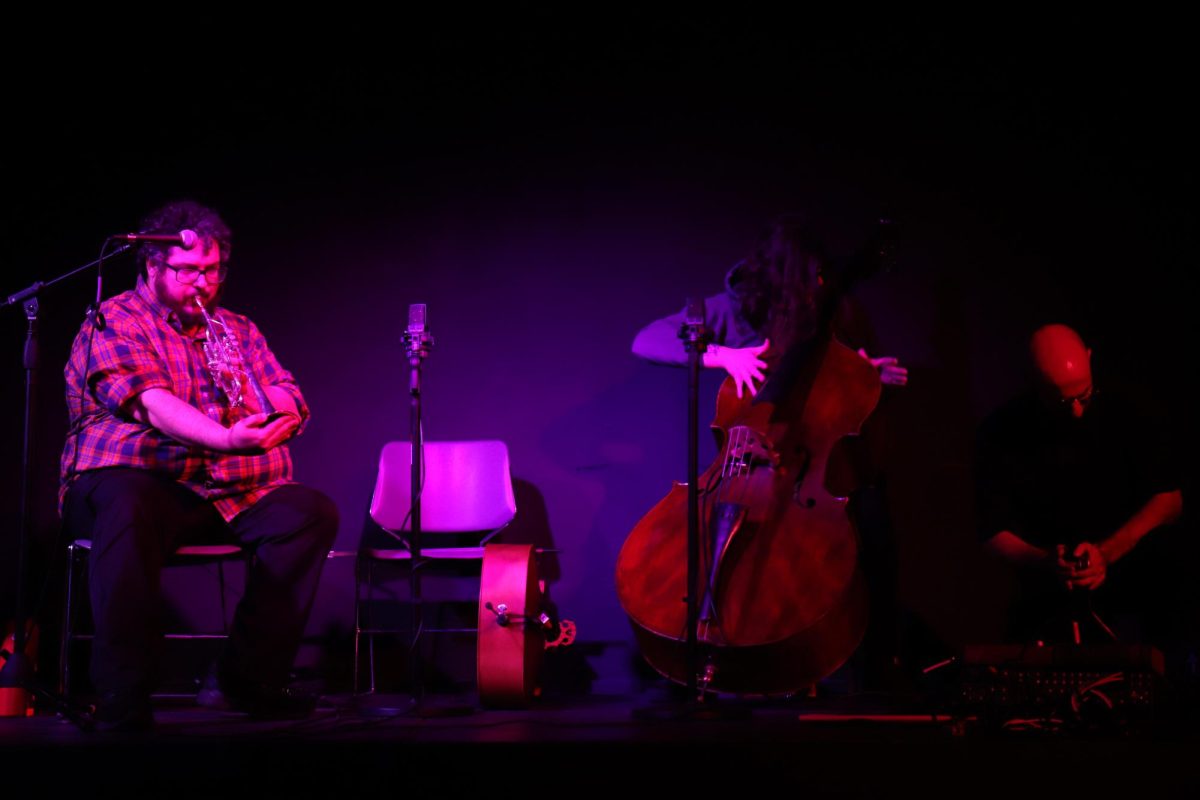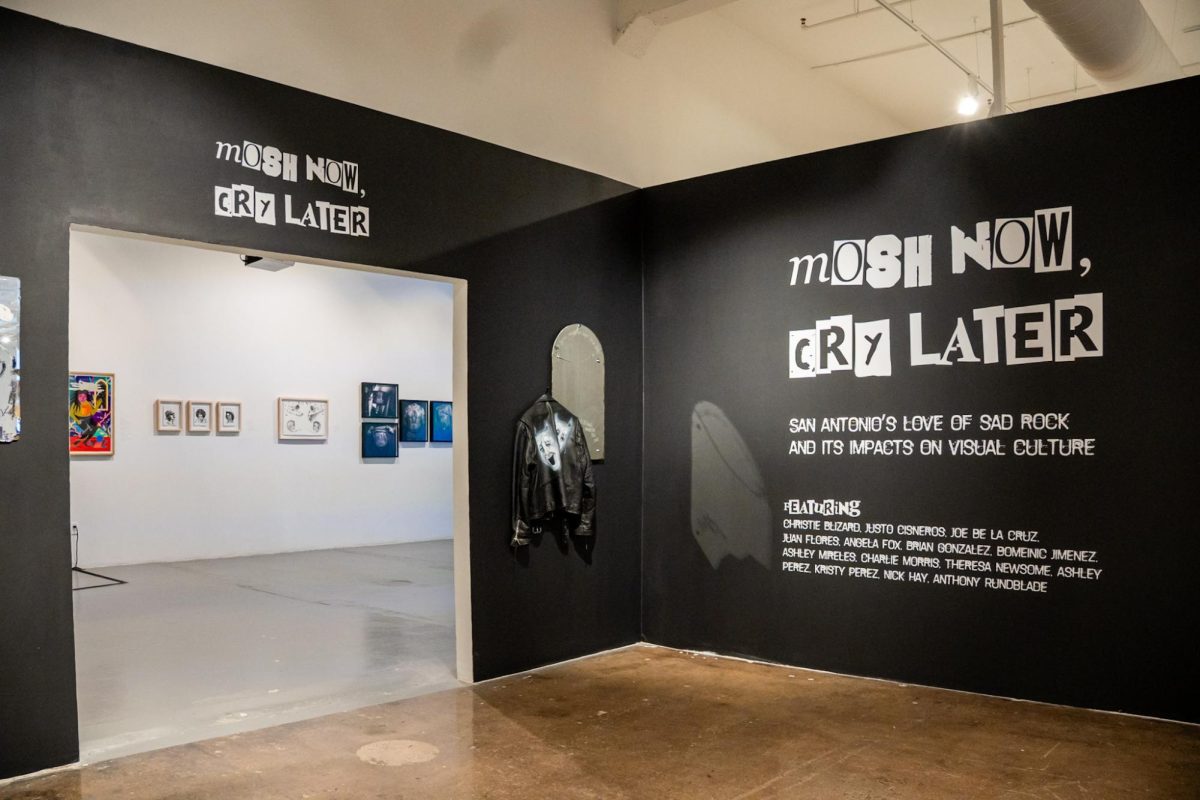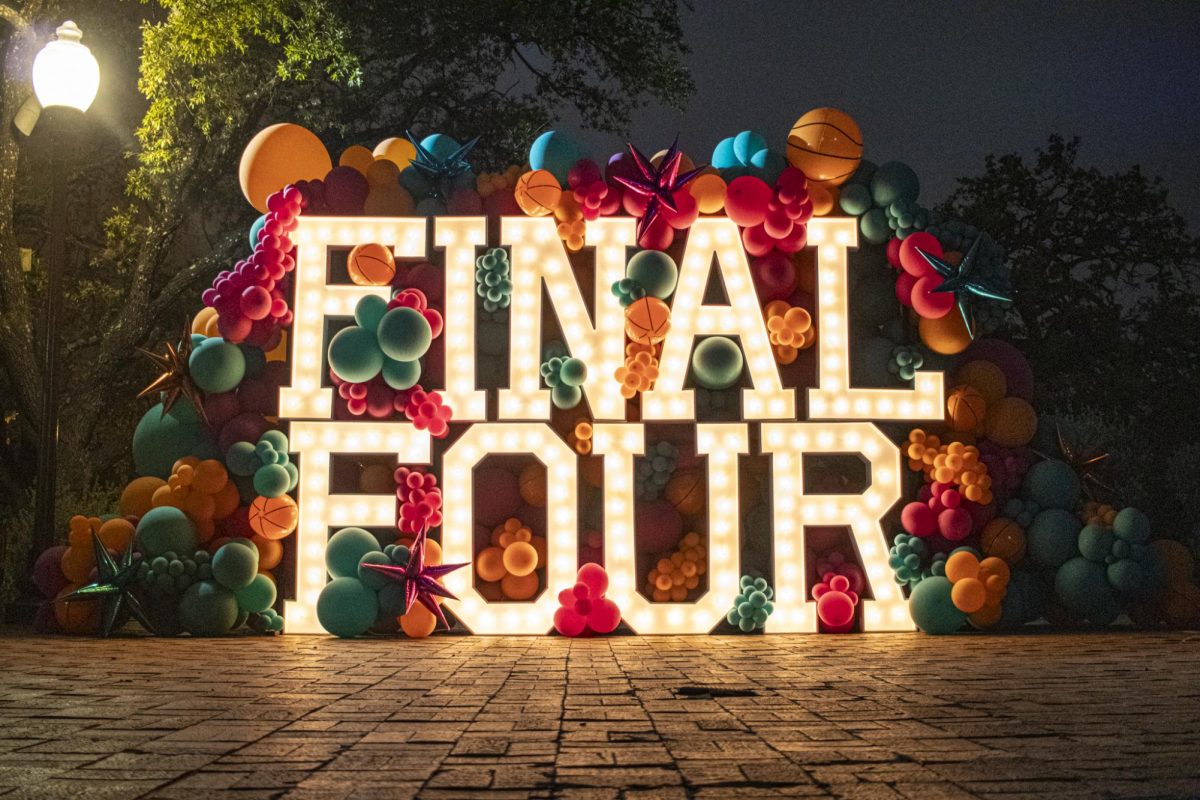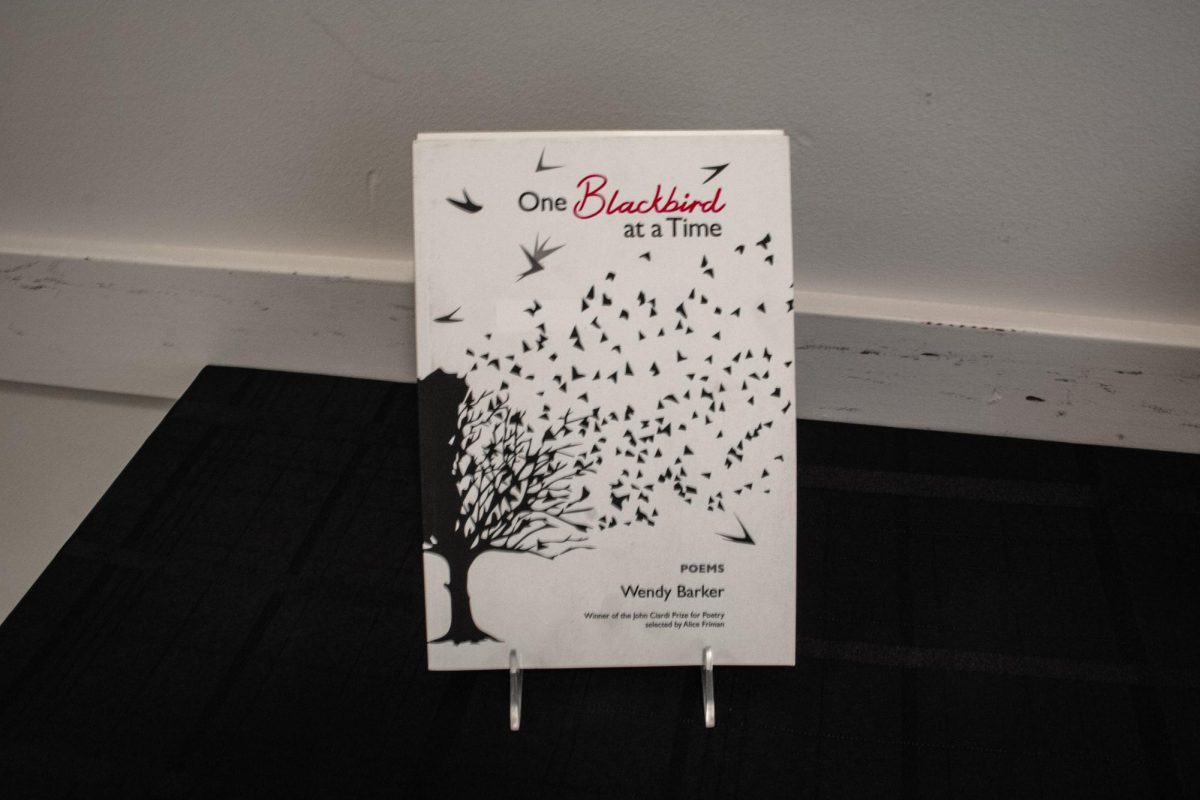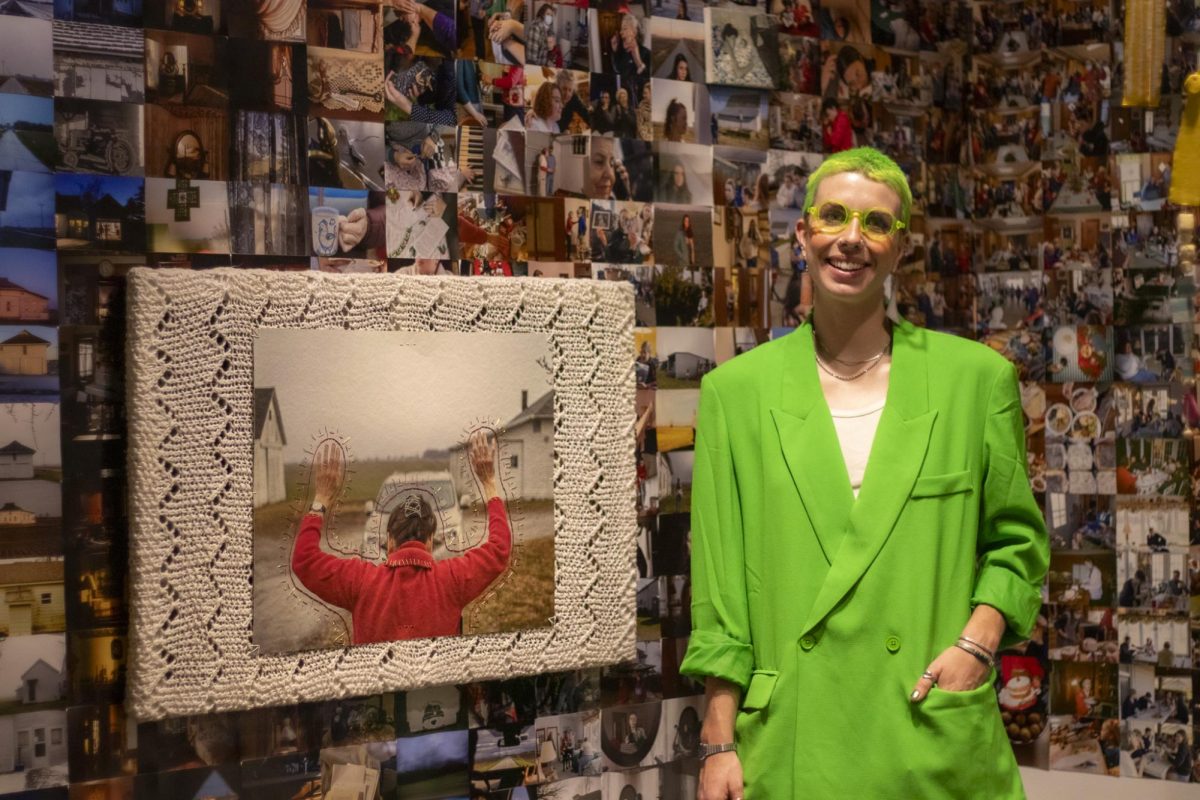“Sonic Critique,” a performance of experimental electronic music, is pretentious art. Music is meant to bring the community together, not alienate, yet one cannot feel as if they are the butt of some crude joke while attending “Sonic Critique” at the UTSA Arts Cube.
The show offers terrific sound. However, to call it immersive is a bit of a stretch. Although the sound envelopes the venue’s audience, emotions become conflicting as too much occurs at once. A single light emits a purple glow onto the stage but is stagnant throughout, leaving the audience wondering what is the point of having such an elaborate light setup. In addition to the performers on stage, a projector plays video to accompany the music. While pianist Bulla utilizes the visual opportunity, it becomes forgotten by both the audience and later performers. Attendees at times are unsure of where they should look: at the musicians or the images on the screen? A lack of direction ultimately misguides the audience’s attention, sprawling throughout the immersive black box.
Pianist Maria Bulla terrifically immerses those in attendance. With humming and a melodic tune, she creates a sense of floating. One could close their eyes and feel lighter than air. As Bulla plays, her notes uplift the audience. However, the images projected on the screen undermine the experience. Instead of closing their eyes, the audience turns their heads back and forth between the demanding purple spotlight and sudden notes being written on the screen, as the performance overstays its welcome. Still, the melodies remain beautiful and as immersive as the night will get.
When Noise Floor takes the stage, the tone shifts. The night receives a jolt of excitement as the group begins to utilize their instruments in unconventional ways. This soon grows old, and it feels as if the musicians are playing a joke on the audience: Look, this can be music too! It is not. It is simply sound in a somewhat rhythmic chaos. The tunes fail to recognize the role of the audience that allows the tradition of musical performance to survive centuries and span cultures.
The final performance of the night, Kory Reeder, blends the two performances and brings listeners back to reality. Reeder takes a more traditional stance on electronic music, but ultimately leaves the audience with no clear beginning or end of the song.
“Sonic Critique” is art for the sake of art — a privilege that others the audience. Leaving the UTSA Arts Cube, one feels cheated out of their night and wondering about the purpose of art. The Arts Cube remains young and will hopefully grow to better utilize its technological setup and reflect its community.

